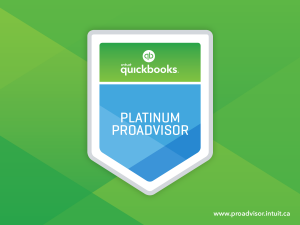The tax-free savings account allows an individual to make contributions and earn income within the account tax-free, even when its withdrawn. An individual over the age of 18 begins to accumulate a maximum contribution room beginning 2009. The annual contribution rooms are as follows:
2009 – $5,000
2010 – $5,000
2011 – $5,000
2012 – $5,000
2013 – $5,500
2014 – $5,500
2015 – $10,000
2016 – $5,500
2017 – $5,500
2018 – $5,500
Questions about TFSAs:
Q: If I haven’t made any contributions to my TFSA, how much can I contribute now?
A: If you have never made any TFSA contributions, up to the end of 2018, you are able to contribute a maximum of $57,500. Contribution rooms roll forward to the future years if annual maximums have not been met.
Q: What if I contributed $7,000 in 2015? How much can I contribute now?
A: If you contributed $7,000 in 2015, you would still have $3,000 left over from 2015 to contribute today. Note that it is important to avoid over-contributions by tracking contribution/withdrawal activity.
Q: If I made a contribution of $5,500 in April 2017 and withdrew $3,500 in August 2017, can I contribute $2,000 by the end of 2017?
A: Since the contribution maximum was met in April 2017 for the 2017 year, although you withdrew $3,500, you would not regain the contribution room until the following year. Therefore, contributing another $2,000 would result in an over contribution subject to taxes payable at 1% per month for the excess amount sitting in the TFSA.
Q: Can I make investments with my TFSA?
A: Absolutely! A great tax advantage in investing with your TFSA is investment income is earned tax-free. Tax tip: If there is an investment loss, there is an indirect loss to your contribution room for the year.
Q: Can I open multiple TFSAs?
A: Yes. An individual can have multiple TFSAs; however, all the accounts share the total contribution room. It is important to ensure that if you are opening more than one TFSA or are transferring funds between TFSAs, that these transfers are completed directly as internal transfers by the bank. Transfers completed by the bank will not impact your contribution room. You may name a surviving spouse as the successor holder of your TFSA. If the TFSA holder passes away, the surviving spouse will receive the TFSA balance and there will be no impact on the survivor’s own contribution room. This transfer must be completed as a direct/internal transfer by the bank to avoid contribution room complications.





 Advising over 25 Quickbooks online clients, our Firm is fully trained and staffed to assist with Quickbooks online clients.
Advising over 25 Quickbooks online clients, our Firm is fully trained and staffed to assist with Quickbooks online clients.